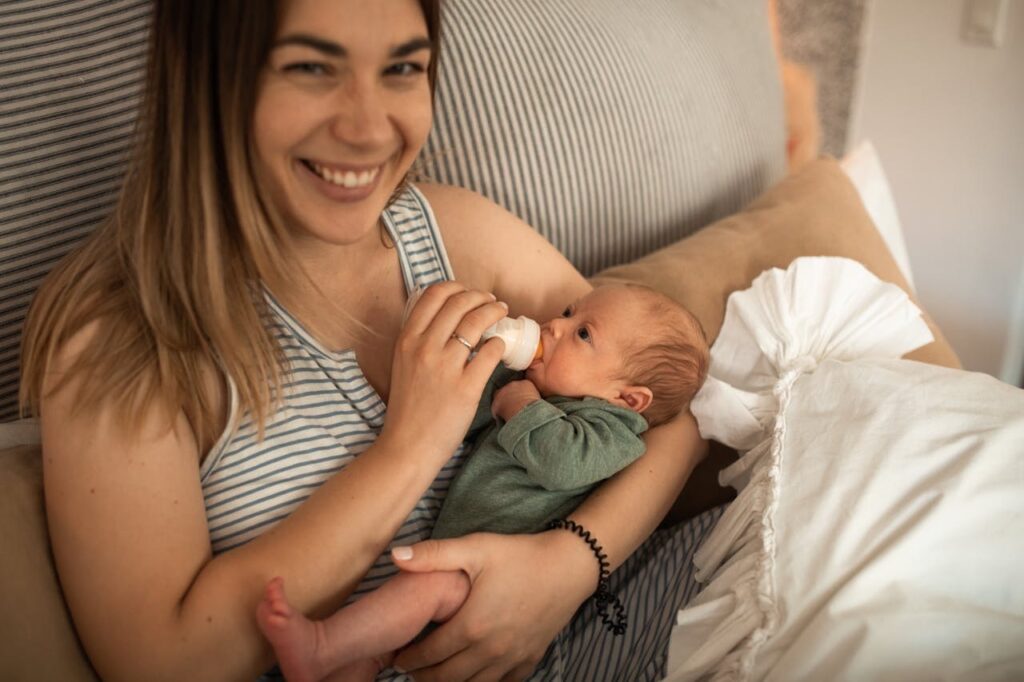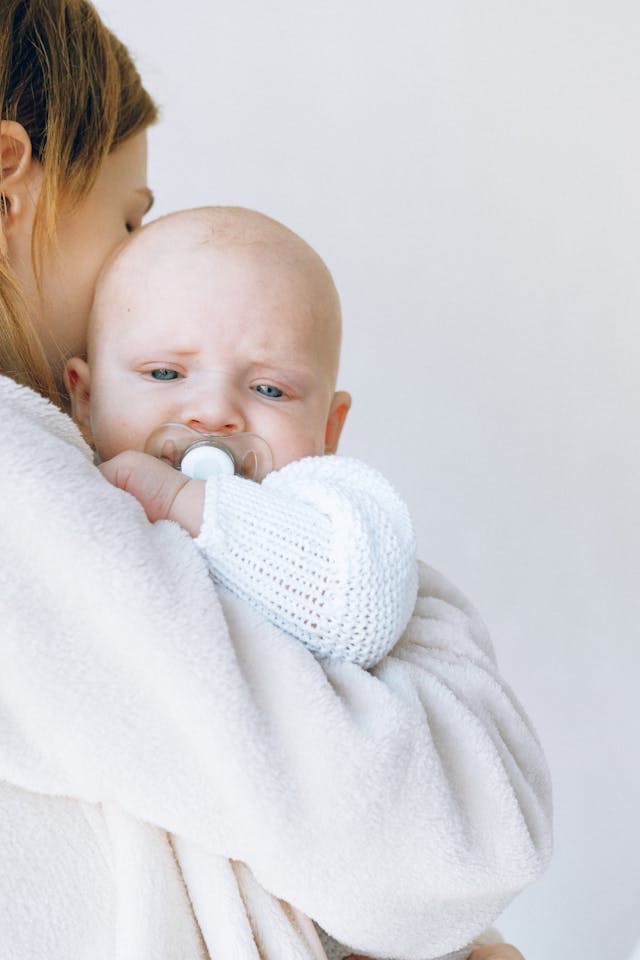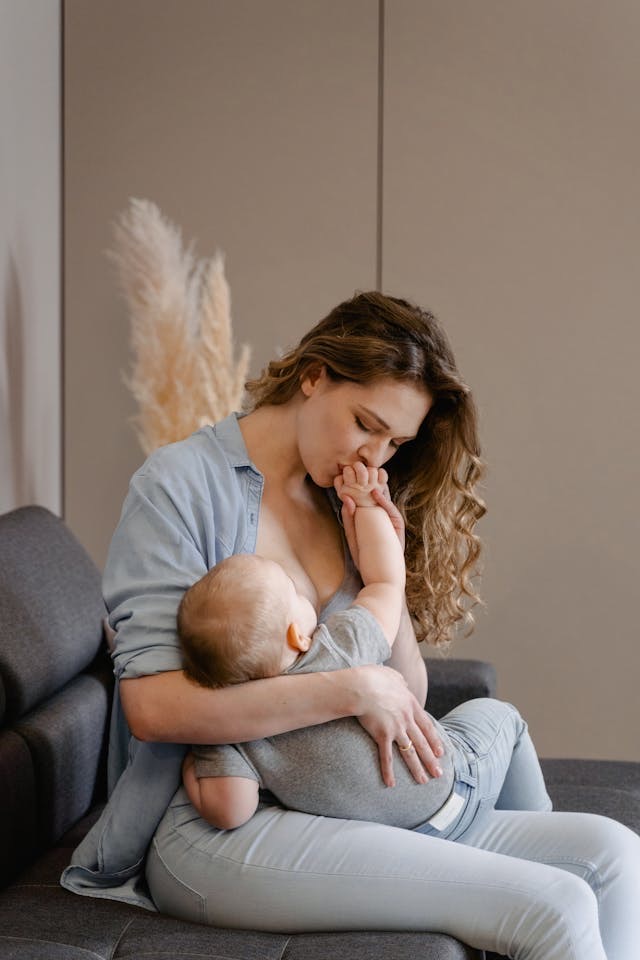Burping a baby is extremely important whether they are bottle-fed or breastfeeding. But how do you do it, and why are we doing it? Learn why it is necessary, the signs of trapped gas, different techniques and signs when your baby needs to be burped, and the time frame for burping with our comprehensive guide. Whether you’re looking for new tips on how to burp a baby or are a new mommy, we have it all!
Table of Contents
Why Burping is Necessary

Burping a baby is an essential part of your baby’s feeding routine. When your baby swallows, air bubbles can become trapped in the stomach and cause discomfort. Burping allows your baby to remove some of that gassiness to relieve the pain.
How to Burp a Baby
To burp your baby, repeat a gentle pat on the back – this should do the trick. Form your hand like a cup when patting – this is gentler on the baby than using your flat palm. To avoid messy cleanups when your baby spits up or has a “wet burp,” you might want to place a towel or bib under your baby’s chin or shoulder.

Timing of Burping
Burping generally takes a minute or two. Sometimes, a burp will come as soon as you move your baby upright, and sometimes, you have to wait a little while and help with a gentle pat or tummy pressure. Another helpful strategy is to get your baby in the habit of falling asleep in their crib rather than when feeding. When you see them getting sleepy on the breast or bottle, stop the feeding, burp them a bit, and put them down to sleep. The younger you start this, the easier it is to do.
Techniques for Burping
Here are three techniques that many parents use. Don’t worry if the first one doesn’t work; it’s all about finding what works best for your baby. So, give them all a try and see what works or combine them.
Chest position
- Holding your baby against your chest.
- Baby’s chin will rest on your shoulder.
- Support your baby with one hand, gently patting your baby’s back with your other hand.
Lap position
- Lay the baby on your lap, with your baby on their belly.
- Support your baby’s head, ensuring it’s higher than their chest.
- Gently pat the baby’s back or rub the baby’s back in a circular motion.
Sitting up
- Hold the baby sitting up in your lap.
- Support the baby’s head and chest by cradling their chin with the palm of your hand.
- Rest the heel of your hand on your baby’s chest.
- Use your other hand to pat their back.
Signs That a Baby Needs to Be Burped
A baby might be uncomfortable if they have trapped gas that would be relieved by burping.
They might exhibit the following behaviours:
- Excessive crying
- Arched back
- Clenched fists
- Pulling their legs up to their belly
Tips for Successful Burping

Burping a baby seems straightforward – until you’re holding that squirmy little creature in your arms. Wondering where to begin? Below are some clues to look for.
- When the spit up
- When their passing has
- When you stop the feeding
- When they start squirming
- When they become fussy during or shortly after a feeding
The American Academy of Pediatrics (AAP) notes that if you notice any of these signs while your baby is eating, pause the feeding and try to burp the baby (rather than letting them fuss and feed simultaneously, which may lead to more spit-up).
Common Challenges and Solutions
The key to successfully burping is trial and error. If you are having difficulty, try a different position. Just make sure you are patting firmly enough with a cupped hand. Alternate between patting your baby’s back and rubbing their back in a circular motion.
The secret to burping is supporting your baby’s head and neck, ensuring their tummy and back are not curled up, and gently rubbing or patting their back. You don’t need to spend much time winding your baby – a few minutes should be enough.
Conclusion

Most people believe babies who are bottle-fed are more likely to get gassy, but evidence of this is unreliable. Bottles may expose babies to more air as they gulp, making it easier to overfeed your baby. Every baby is different, and even breastfed babies can be very gassy – sometimes because they’re sensitive to food in their mother’s diet. Burping is an essential but meaningful way to care for your baby and keep them comfortable. Even if your baby is asleep, burping may be helpful to allow them to relieve gas so they don’t get uncomfortable or wake up too soon.
Provide your baby relief by trying our tips today!


